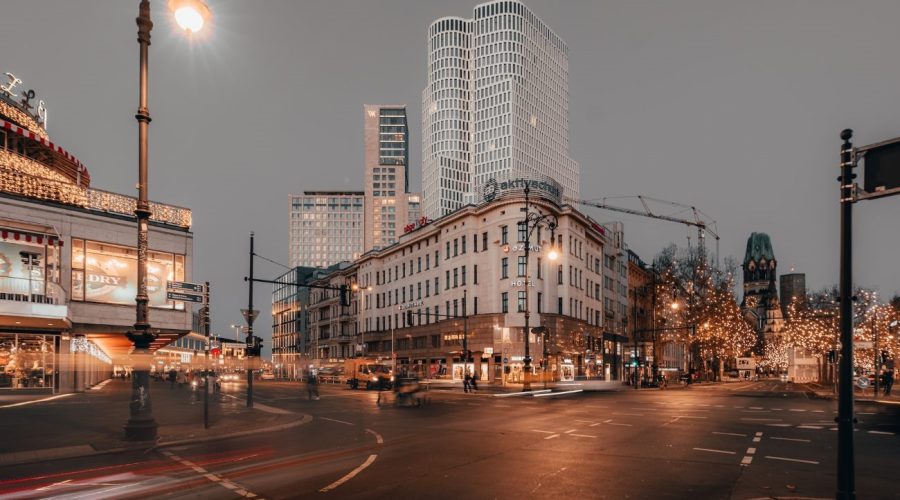Does Paris Have a Metro?
If you’re heading to Paris soon, you may be curious whether Paris has a metro. The answer is yes! Paris is very orderly and its large and rather efficient metro system allows for a lot of vagabondage in the city. In this blog post we will look at the Paris metro system and its history and will explain how to use it and also give you some tips to help making your travel by metro in Paris quite easy.
History of the Paris Metro
The Paris metro, also referred to as the Métropolitain, was launched on July 19, 1900, on account of the Paris Exposition. It was to be the first underground railway in the world. At first the metro was only one line, but then it has grown and enlarged until today’s diverse network.
Paris Metro Network
The Paris metro is made up of 16 lines, numbered and colored, that operate in the city centre and in its hinterland. Lines encircle the city, connecting it to well-known landmarks, attractions and parts.
Here is the list of 16 Metro lines of Paris:
- Line 1 – Yellow
- Line 2 – Blue
- Line 3 – Green
- Line 4 – Magenta
- Line 5 – Orange
- Line 6 – Light Green
- Line 7 – Pink
- Line 8 – Sky Blue
- Line 9 – Purple
- Line 10 – Light Gray
- Line 11 – Brown
- Line 12 – Dark Green
- Line 13 – Light Blue
- Line 14 – Lilac
- RER A – Red (regional express line)
- RER B – Blue (regional express line)
Every line has several stations on the way, so you can travel to various locations within the city very easy.
Using the Paris Metro
Paris metro is relatively easy to use, even if you’re on vacation there for the first time. Between here are some tips to help you handle system:
1. Planning Your Route
Before going,you should have your destination set and the route planned. You can make use of several mobile apps, online journey planners or the official RATP website to plan your route and figure out the best way of alternative tube services.
2. Purchasing Tickets
Metro tickets in Paris are available at ticket vending machine in every metro station. You can opt between single ticket passes and multi-day passes, depending on how many days your stay will be. Keep your ticket handy as you might have to produce it during the journey.
3. Navigating the Stations
Paris metro stations are also very well signposted so that it is easy for you to get around. Look for sign depicting the line number and in which direction you need to take. Please note some stations have multiple entrance-exit combinations, tabela a seguir de plataformas e to be looking out for signs to choose the right one.
4. Boarding the Trains
When the train comes in, wait fora minutes sometimes about 10-15 minutes for the passengers to almost leave the train then get on. On the train, above you, you will see the current and upcoming stations announced on call boxes. Listen for audio announcements and be ready to exit your car at the stop you want.
5. Transfers and Interchanges
At some stations, you will need to have to switch on to one way of your location. Follow signs for “Correspondance” to get to the connecting line. Acknowledge the timing, because some of the transfers involves walking between platformes or transfering levels within the station.
Additional Tips
For some further tips to improve your Metro experience in Paris:
Think about getting a rechargeable Navigo card if you will practically be using the metro. It is unlimited travel within certain zones and can be cost-effective.
Try to stay in orbiting when peak hours, presumably in the morning and afternoon, when the metro can end up getting too cranked up. Try to travel during off rush hour periods if possible.
Tread carefully against pickpockets, especially in places that are busy and the times when it is high season for tourists. Have your belongings close and be present when you are out.
You can find many apps on transmitters that offer up-to-date information on schedules, delays and disruptions on metros. Installing one can keep you up to date while you travel.
If you’re dealing with baggage or difficulties with stairs, just find sites with elevators or escalators. Not all stations have TOW lanes so please plan accordingly.
In Conclusion
The Paris metro is perfect for seeing the sights of the city in a cheap, easy and comfortable manner. Its vast network and accessibility makes it a hit among the locals as well as the tourists. Getting to know the metro and following the tips here presented, that is the way to get around Paris without any strokes of hypotension and not to waste a single moment of this dream holiday.
Table of Contents



